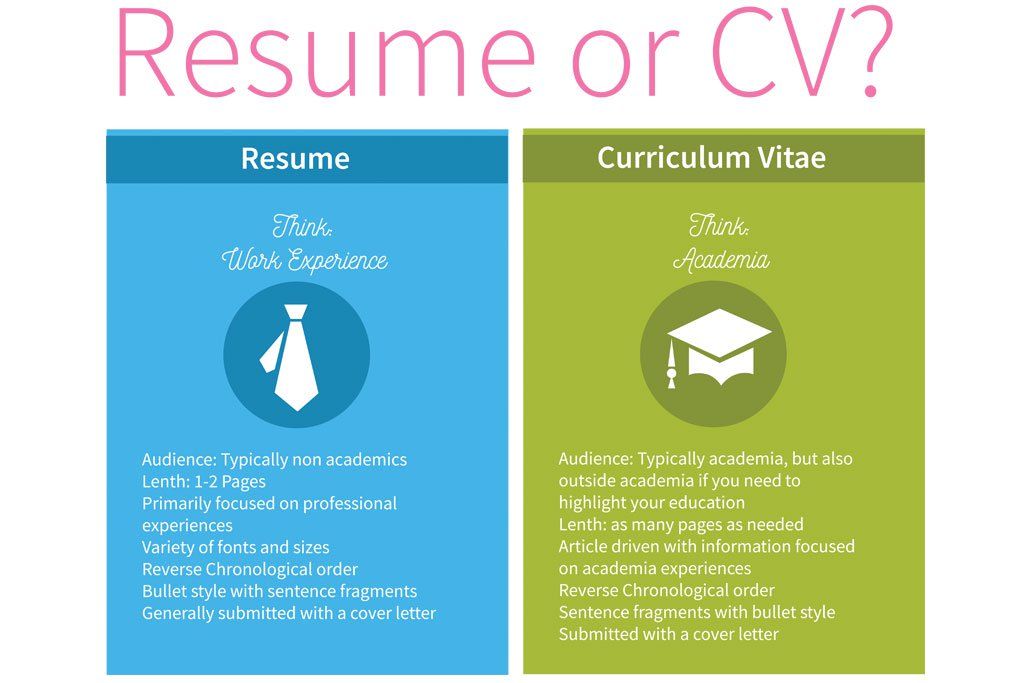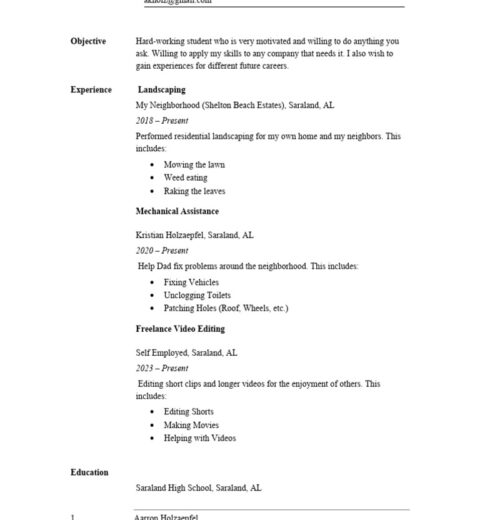The term “resume” is often a source of confusion, particularly when it comes to its spelling and form. In the context of work applications and professional advancement, understanding the nuances between “résumé,” “resume,” and “resumé” is crucial. Each rendition holds a distinct significance, influenced by geography, language, and subtle variations in meaning. To navigate this linguistic labyrinth effectively, a thorough grasp of each version is necessary.
To begin, let’s consider the most frequently used term: “résumé.” This word, derived from the French language, is the most widely accepted spelling in professional contexts, particularly in the United States. The inclusion of the diacritical marks—known as accents—over the ‘e’ serves to guide pronunciation. “Résumé” is pronounced as “rez-oo-may,” emphasizing the two syllables and reflecting its French origins. This specific spelling designates a document summarizing one’s qualifications, experiences, skills, and education, primarily when seeking employment.
In contrast, the version devoid of accents—”resume”—is commonly utilized in a broader context. In the English language, “resume” serves as a verb meaning to continue or restart an activity after a pause. However, when referring to a job application document, using “resume” can create ambiguity. In professional settings, this spelling may suggest informality or misunderstanding of the term’s correct presentation. Thus, it is advisable to adopt “résumé” when crafting a professional document to ensure clarity and adherence to conventional standards.
The third iteration, “resumé,” attempts to strike a middle ground by incorporating an accent mark over the ‘e.’ However, this spelling does not enjoy widespread recognition and can be viewed as a less accepted alternative to “résumé.” While some may treat “resumé” as an effort to simplify the accents, it is often best to avoid this version in formal settings, as it may lead to further confusion.
Geographical factors can further complicate the use of these terms. In the United States, “résumé” is the preferred form in professional contexts. However, in other English-speaking countries, colloquial variations may abound. For instance, in Canadian English, “résumé” still holds prominence, reflecting its French influence. Yet, in British English, the term “CV” (curriculum vitae) is often used interchangeably with “résumé,” sometimes leading to further conflation. The subtleties in these variants demonstrate the importance of understanding regional preferences and expectations when submitting job applications internationally.
Beyond spelling, the structure and content of a résumé are equally critical elements of the job application process. Generally, a typical résumé consists of various components, including contact information, a professional summary or objective statement, work experience, educational background, and skills. The layout can vary significantly; some prefer a chronological format highlighting work history, while others advocate for a functional structure that emphasizes skills and qualifications over a linear timeline.
The rise of digital applications has also influenced résumé development. Online platforms such as LinkedIn or job portals allow applicants to create digital profiles that may differ from traditional documents. Nonetheless, the crux of the résumé’s purpose remains unchanged: to present oneself effectively to potential employers. Therefore, regardless of the spelling employed, the emphasis on professionalism and clarity should pervade every document.
In crafting an impactful résumé, key considerations must include customization and relevance. Tailoring a résumé to fit the specific job description can significantly enhance the chances of securing an interview. This may require the applicant to focus on particular achievements or qualifications that align with the prospective employer’s needs. Diligently linking skills and experiences to the desired position is imperative for standing out in a competitive job market.
Another essential aspect of résumé writing lies in the avoidance of common pitfalls. Clarity and conciseness are vital; cluttered layouts or excessive jargon can detract from the primary message. Furthermore, maintaining a professional tone throughout is paramount. Utilizing action verbs, quantifiable achievements, and avoiding unnecessary personal information will create a stronger impression on hiring personnel.
The notion of a “perfect résumé” remains an evolving concept, as industries adapt and transform. In recent years, for instance, skills such as adaptability and digital literacy have soared in importance. A résumé should therefore reflect not only past job experiences but also a willingness to learn and evolve with changing market demands.
Thus, when navigating the landscape of résumé writing, one must pay attention to spelling, format, content, and relevance. The simple choice between “résumé,” “resume,” and “resumé” offers profound implications for creating an effective job application. Coupled with an understanding of structure, fine-tuning content to fit job specifications, and portraying a professional image, a well-crafted résumé emerges as a critical tool for job seekers.
In conclusion, mastering the balance between correct spelling and professional presentation will undoubtedly empower applicants in their quest for employment. By taking a methodical approach to résumé writing and acknowledging the various nuances of this common term, candidates can position themselves for success in their career endeavors.




